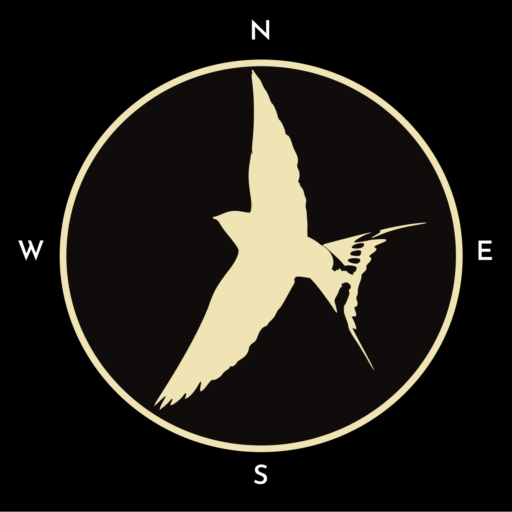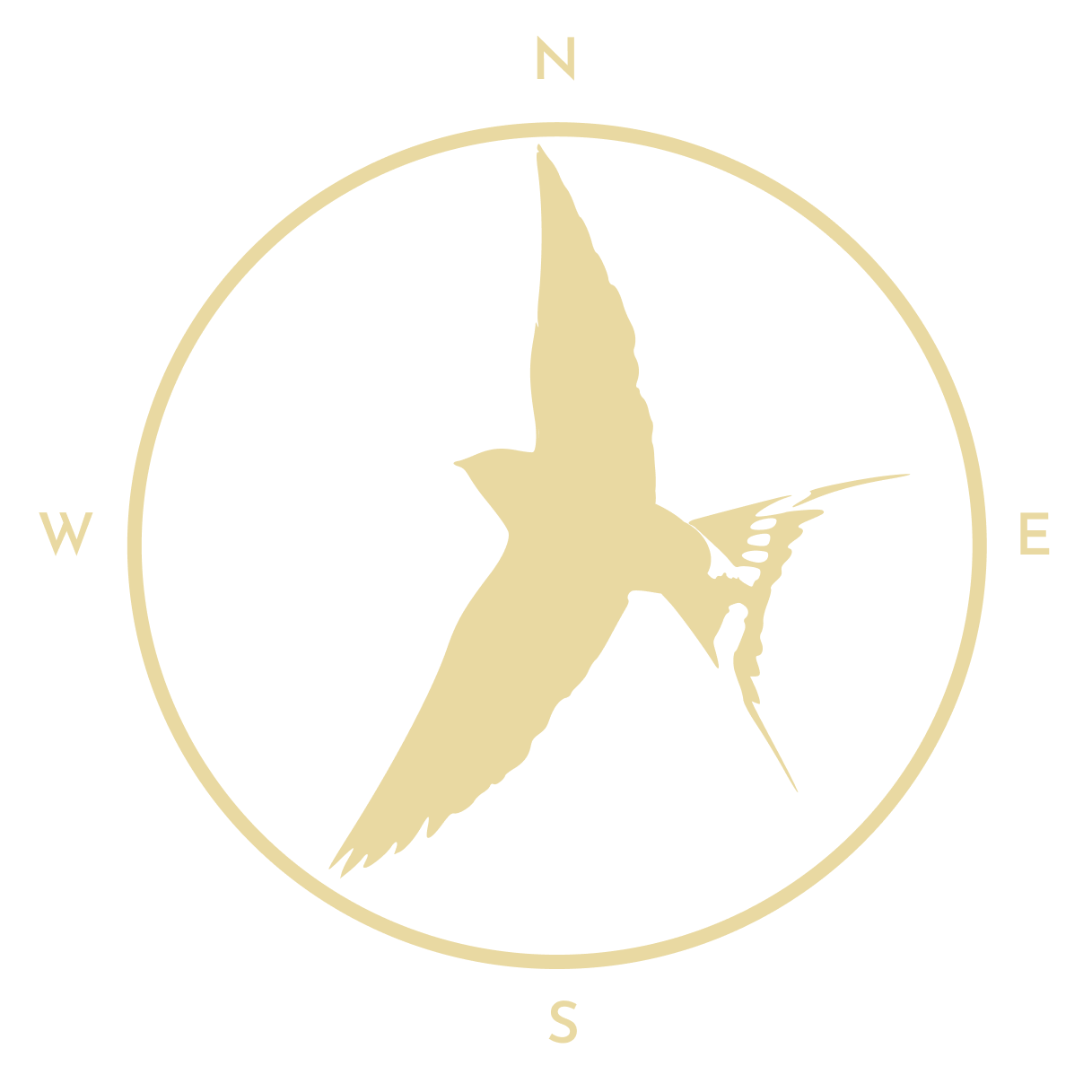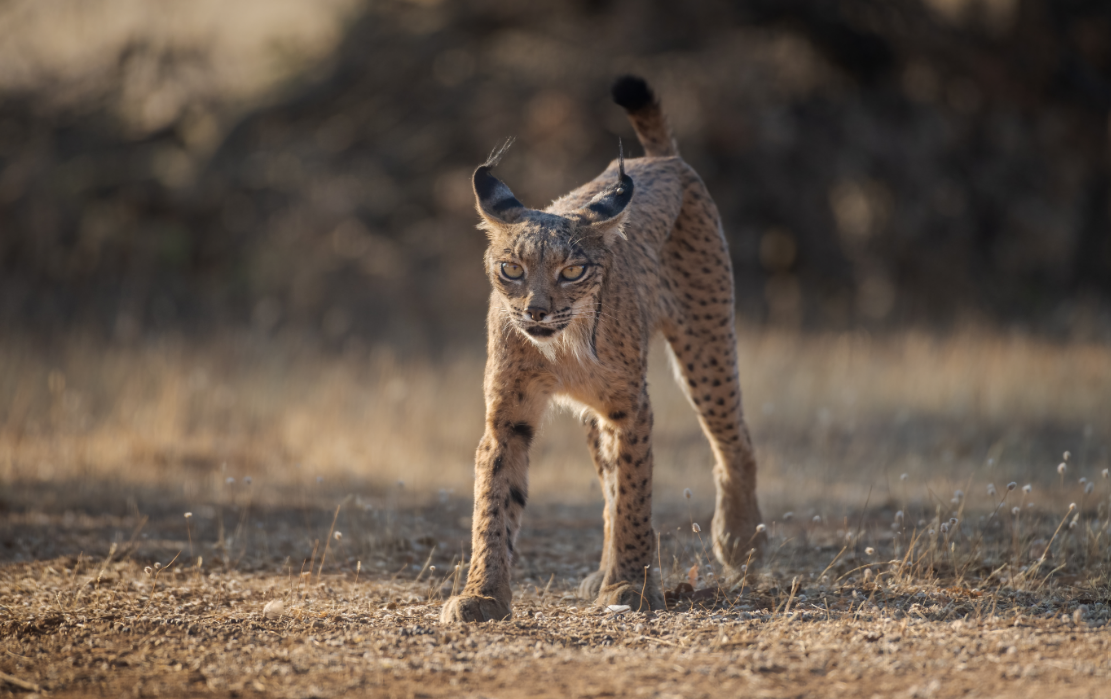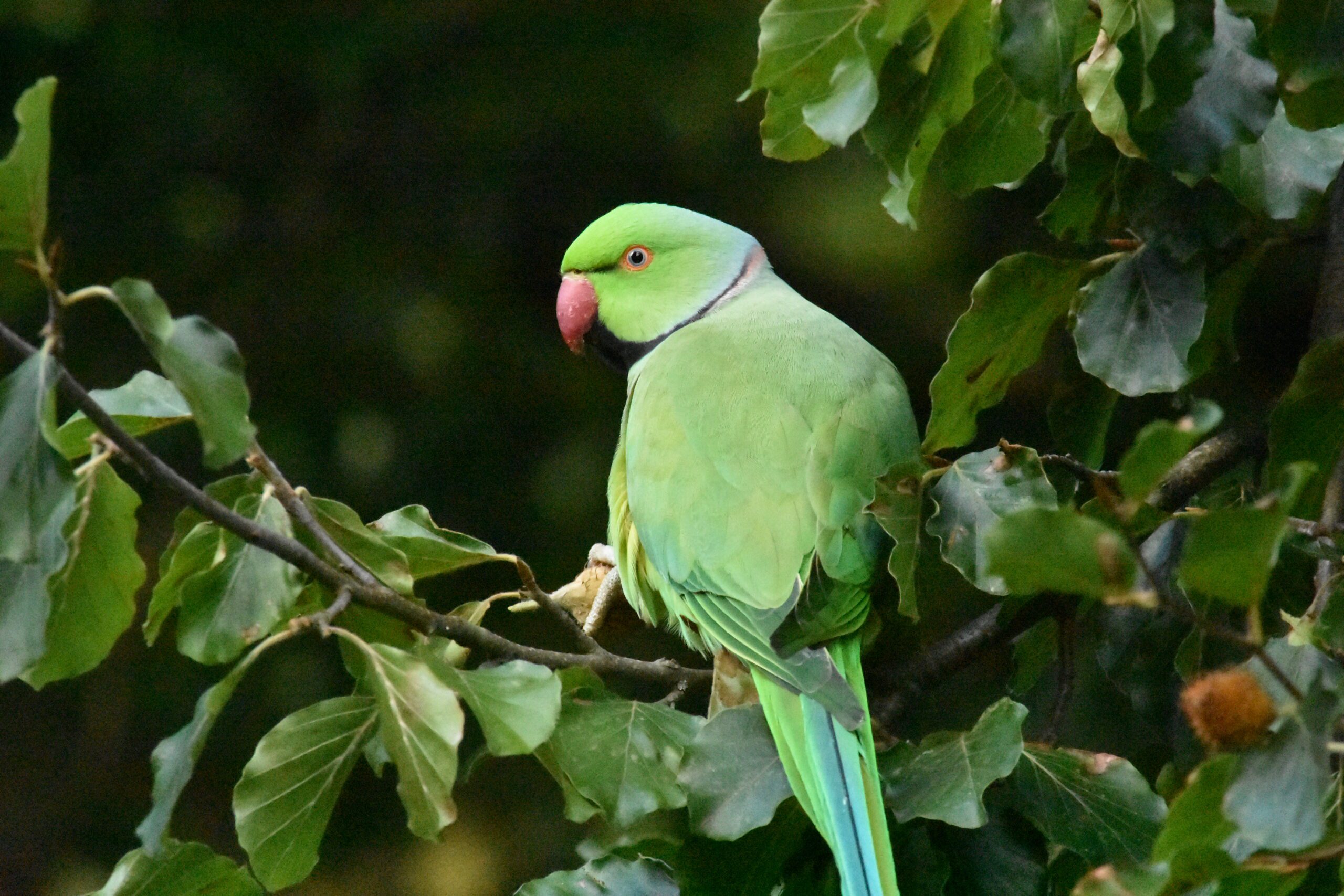Top 5 places to see elephants in Africa
The great news for pachyderm lovers is that elephants in Africa are generally as good at hiding as one would expect. Unlike other animals people hope to see on safari, they’re generally quite conspicuous and don’t require hours of searching or screwing one’s eyes at a figure in the bushes. That, together with their wide distribution across the continent, means the “best places” are not driven by your chances of seeing elephants, but by how you want to see them. Read on and you’ll see what I mean!
Amboseli National Park, Kenya: Elephants in front of Kilimanjaro
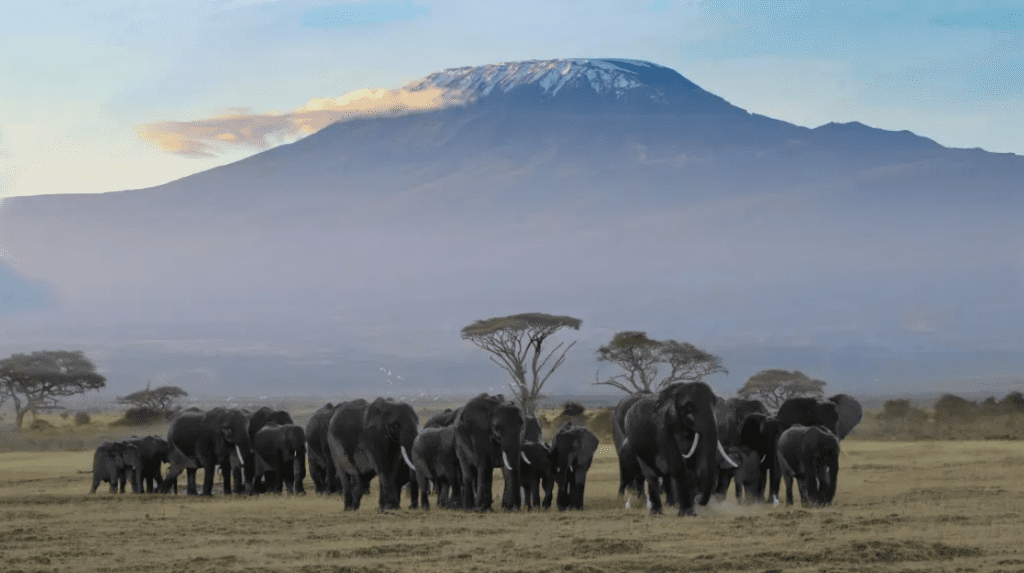

This really is the money shot. The sight of elephants calmly ambling about in front of the snowy summit of Africa’s tallest mountain as the sky turns pink is quite possibly one of the most African scenes one can imagine. Be warned, though: as always with wildlife photography, the subjects aren’t always cooperative. Patience, both yours’ and that of the other people in the vehicle, is key. And luck, since Kilimanjaro can only be seen on clear days. Amboseli National Park is the place to go if you’d like to experience this quasi-mise-en-scene. Being located in southern Kenya, you’ll have the opportunity to combine it with other classic safari scenes – think the wildebeest migration in the Masaai Mara, the inspiration for Pride Rock from The Lion King in Hell’s Gate National Park, or Karen Blixen’s former home from which the memoir Out of Africa came.
Mole National Park, Ghana: West Africa’s best safari (and Africa’s cheapest)


Mole NP, located in the northern part of this west African country, is quite a distance away from the rest of the African safari circuit, so not as many people make it out here. Nonetheless, this national park has been upping its game when it comes to safaris (pun not intended). In the last five years roads have been improved and a new lodge has been built. The elephants, described by researchers as more docile than their East African bretheren, frequently approach the accommodation around here. Ghana is also a great country to explore in its own right, with lush rainforests, friendly people and travel costs in the same ballpark as Southeast Asia. Mole NP is no different: the park itself runs a motel with hostel-style dorms (£12) and a jeep safari for the whole day shouldn’t run you more than £30, even if you can only find one person to split the vehicle and guide costs with.
Addo Elephant Park, South Africa: Malaria-free safaris
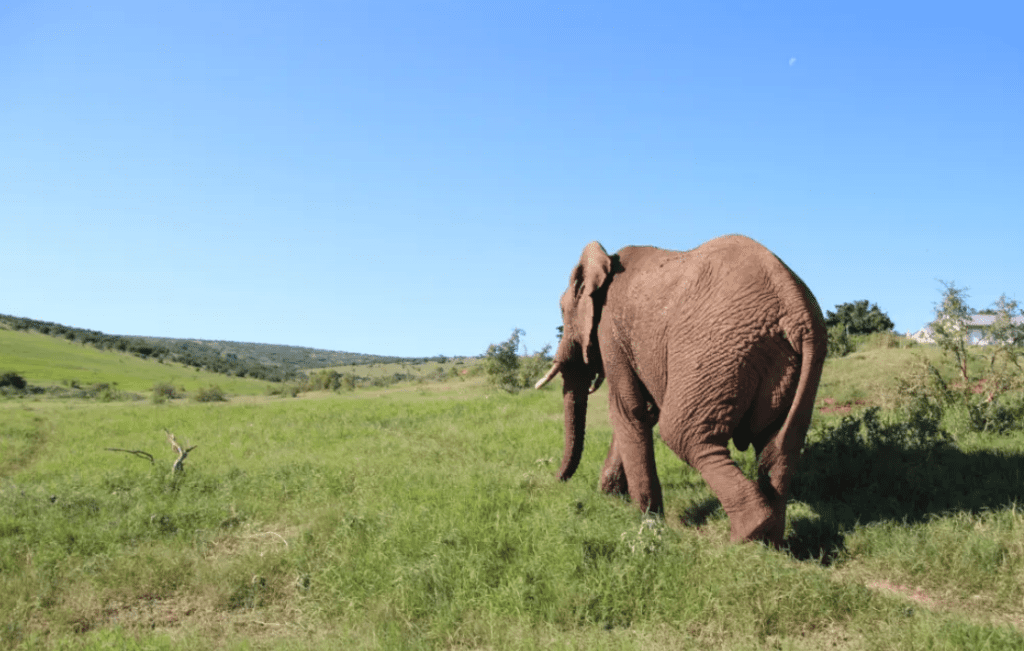

The South African provinces of Western and Eastern Cape are Africa for beginners: with a Mediterranean climate and smooth roads, there is no need for 4×4 rentals, malaria tablets or a need to wean yourself of wine and cheese. In fact, you can try some of the area’s local specialities – but I digress. One thing this area doesn’t lack is Africa’s wildlife, with up to 400 elephants living in Addo Elephant Park near Port Elizabeth. Accessing the park is quite easy, with paved roads crisscrossing the park and a wide range of accommodation on its borders, from backpacker hostels to luxury lodges.
Victoria Falls: Elephants from a boat – of all types


While you probably won’t see elephants hanging about Africa’s most famous waterfalls, there are plenty of places nearby where you can observe them from the water; Lower Zambezi NP for canoeing; Chobe National Park in Botswana for a motorboat (this place also happens to be home to the world’s largest elephant population, with over 120,000 individuals recorded); the Okavango Delta, deeper in Botswana, for a safari in a traditional dugout canoe, paddled by a guide standing on the back who’ll also act as an eye in the sky; and Lake Kariba where houseboats cruise around the shores. Pick your poison.
South Luangwa and Kruger: Up-close with elephants
The elephants of South Luangwa National Park frequently come down to the river and treat guests in the riverside lodges and camps to the sight of them drinking or helping each other swim across, making your morning coffee extra special. And if you stay at Mfuwe Lodge at the right time, you can also see elephants come right into the lobby itself to eat the mangos in the lodge’s courtyard. Insert “elephant in the room” joke here. Furthermore, South Luangwa and Kruger in South Africa are well known for their walking safaris, and their elephants allow people to get quite close. Don’t worry, though: guides can tell when an elephant charge is dangerous or a mere bluff, and are armed with a rifle, an in-depth knowledge of the animals and (as these videos demonstrate) a pair of cojones that cost Pluto its status as a planet.

